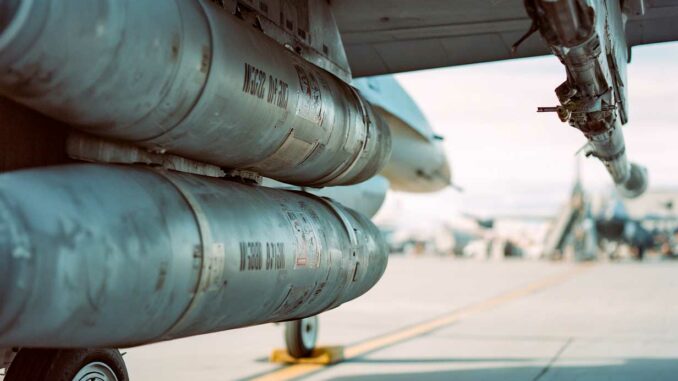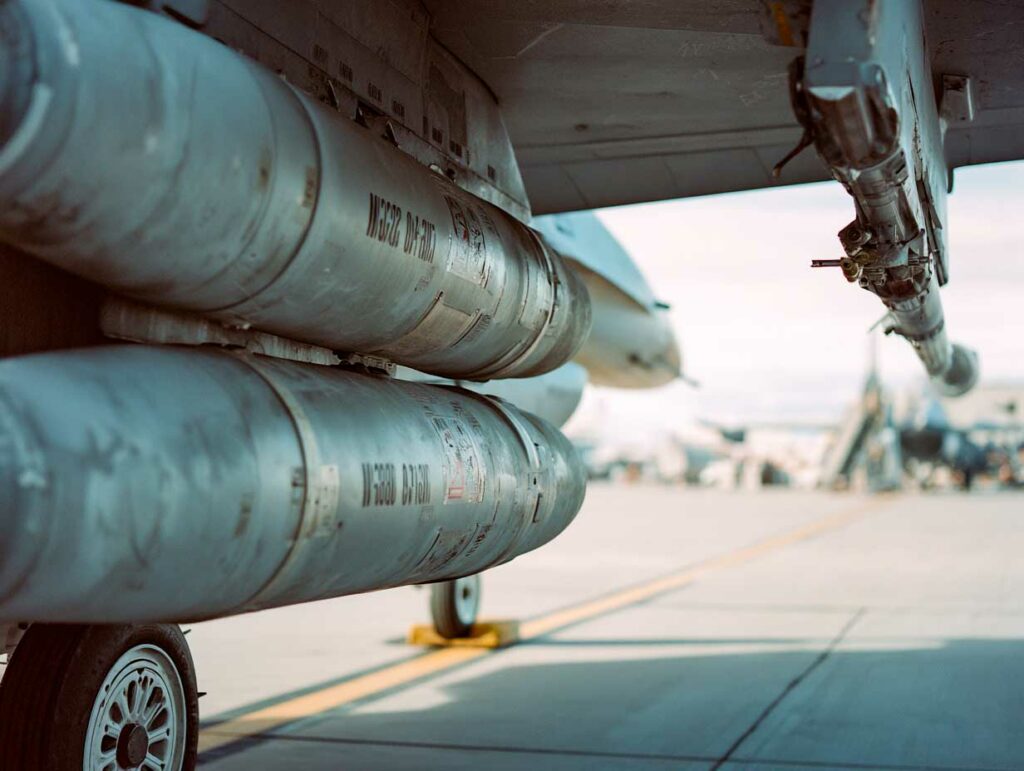
Donald Trump rejects the idea of arming Kyiv with long-range missiles, limiting Ukraine’s ability to strike deep into Russian territory.
US President Donald Trump has confirmed that he will not supply long-range missiles to Ukraine, despite growing calls from Kyiv and some allies. The announcement comes as Ukrainian authorities say they want to intensify strikes on Russian territory, notably with drones or domestic missiles such as the Hrim-2. The US munitions in question – JASSM, PrSM and Tomahawk – therefore remain off the table, at least for now. However, Trump may potentially authorize the expanded use of ATACMS, intermediate-range ballistic missiles that have already been delivered to Kyiv. In addition, new large-scale military aid has been announced via NATO, including Patriot batteries financed by European countries. On the ground, fighting continues without any decisive advances. Against this backdrop, Russia is accused of intensifying its use of chemical weapons. Ukraine, for its part, is relying on technology, interceptor drones and domestic production to respond to the growing pressure.
US rejection of long-range missiles
On July 15, 2025, Donald Trump made his decision: the US will not supply Ukraine with long-range missiles such as the AGM-158 JASSM, PrSM or Tomahawk. These weapons would have enabled Kyiv to reach Moscow or other military centers located more than 1,000 kilometers from the border. The US president’s refusal is based on a stated desire to limit direct escalation with Russia, but has drawn criticism from the military.
The JASSM (Joint Air-to-Surface Standoff Missile) can strike at a range of over 370 kilometers and is reportedly compatible with the F-16s delivered to Ukraine. As for the Tomahawk, its range exceeds 1,600 kilometers, but its deployment would require the installation of Typhoon platforms on the ground—a major logistical and political effort. The absence of these weapons deprives Ukraine of strategic strike capabilities against high-value Russian targets.
The intermediate option remains the expanded use of ATACMS (MGM-140), some variants of which have a range of up to 300 kilometers. Trump has reportedly agreed to allow their full use against logistical and air targets located further away than at present. This would extend Ukraine’s strike zone beyond border regions such as Kursk and Belgorod, while keeping Moscow out of range. However, these missiles fall well short of the needs expressed by the Ukrainian military leadership.
On the diplomatic front, Trump called on President Zelensky not to target Moscow, stressing that his efforts are aimed at “ending the killing.” He is positioning himself as a potential mediator, while making future sanctions against Russia conditional on a rapid cessation of hostilities.
Western military support being reorganized
In parallel with the refusal to supply long-range missiles, Trump and the NATO Secretary General confirmed an accelerated delivery of Patriot batteries to strengthen Kyiv’s air defense. Several European countries will contribute financially to these deliveries, which will come from existing stocks, pending their replacement by the United States.
This aid is part of a new €10 billion plan to sell military equipment to NATO allies, including ammunition, missiles, and defense systems. It reflects a desire to ease the direct financial burden on the US while consolidating the transatlantic alliance against Russia.
Kyiv is also receiving an increased number of interception drones to counter massive Russian drone attacks. According to the Ukrainian Supply Agency, tens of thousands of units have now been ordered and are in production. This technology is proving indispensable in the face of the 1,800 drones launched by Moscow in a single week in early July.
Active defense is also being strengthened with the integration of Skynex, a 35 mm anti-aircraft artillery system supplied by Rheinmetall. This system has demonstrated its ability to shoot down several Shahed drones in flight using radar-guided AHEAD shells. This type of defense is now preferred over electronic warfare, which has proven relatively ineffective against low-cost kamikaze drones.

Intensified strikes and counterstrikes between states
Despite US restraint, Kyiv continues to develop its own capabilities. The Ukrainian-made Hrim-2 missile is nearing operational status. Its announced range of around 500 kilometers would allow it to target distant Russian military infrastructure without relying on foreign weapons.
Ukrainian long-range drones have already targeted strategic targets, such as the Energia factory in Yelets, suspected of producing batteries for Iskander missiles. The strike caused a fire and disrupted the Russian supply chain. Another raid hit Voronezh, injuring 22 people, including a teenager, according to local authorities.
Russia responded by continuing its strikes on Sumy, Donetsk, and Kherson, but without making any major breakthroughs. To date, Moscow has 700,000 troops mobilized against Ukraine, according to Ukrainian intelligence services, including 110,000 around Pokrovsk in the Donbass region.
The Ukrainian response also relies on targeted strikes with GBU-39/B bombs dropped from modernized MiG-29 aircraft. These guided bombs have been used effectively against Russian drone control centers, such as in Zaporizhzhia.
Russia’s increasing use of unconventional weapons
The recent evolution of the conflict has been marked by the intensified use of chemical weapons by Russian forces. According to German and Dutch intelligence services, more than 9,000 incidents have been recorded since the start of the invasion, including the use of incapacitating substances on the battlefield.
These actions are in direct violation of the 1993 Chemical Weapons Convention, which Russia has ratified. They are causing growing concern within the European Union, particularly in Brussels, where Estonian diplomat Kaja Kallas has spoken of “systemic” use aimed at demoralizing and coercing the Ukrainian population.
Such practices are increasingly legitimizing the idea of targeted retaliatory measures, including cyberattacks or sabotage against the Russian infrastructure responsible, or even—in the extreme case—strikes against Kaliningrad, where GPS jamming operations have already disrupted civil aviation in northern Europe.
A military and political turning point in Kyiv
Faced with the growing complexity of the conflict, Volodymyr Zelensky has begun restructuring his government, replacing Prime Minister Denys Shmyhal, Defense Minister Rustem Umerov, and the ambassador to the United States.
Shmyhal becomes defense minister, while Yulia Svyrydenko has been nominated for the post of prime minister. The aim is threefold: to accelerate domestic arms production, improve strategic coordination with the US, and streamline the military chain of command.
At the same time, the Brave1 technology incubator continues to support the development of sensors such as the Oko thermal camera, now integrated into more than 50 Ukrainian air, land and naval systems. This technology enables operations in conditions of reduced visibility, an essential tactical advantage.
The conflict in Ukraine is now evolving into an industrial war, where technology, supply chains, and international alliances dictate the balance of power. The US decision to restrict access to certain strategic weapons underscores that the margins for escalation are calculated but still open.
War Wings Daily is an independant magazine.